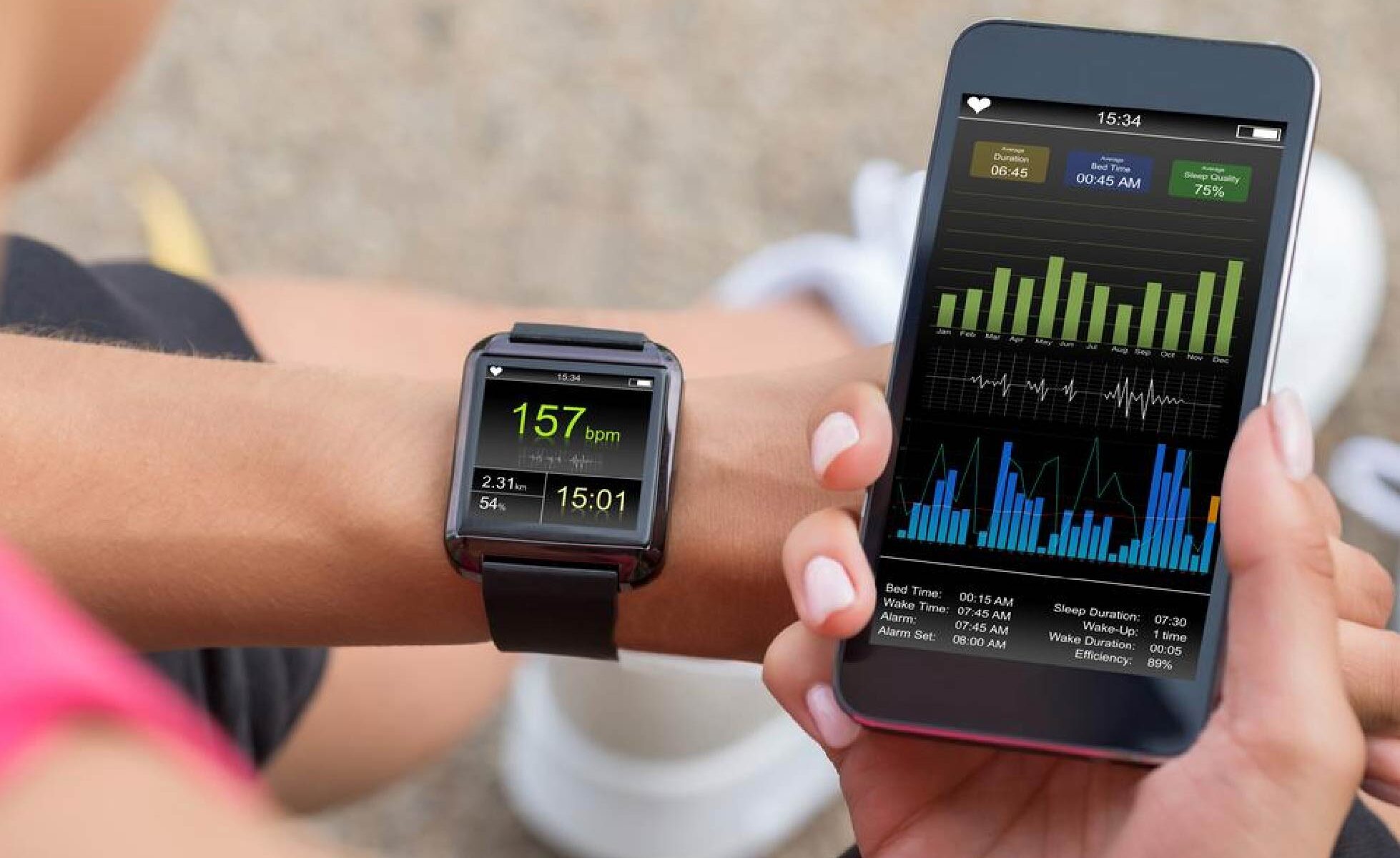Internet of Things has been the potboiler of innovation, technology, and deep analytics for a few years now. But has its promise yet been delivered? Well, the jury is still out but it does have the potential to transform health care and medication as we know it today. Internet of Health (IoH) has an incredibly high value if realized and guess what – it’s already happing!! Smart medical devices (diagnostic, wearable, in-hospital, and many more) are playing a leading role in driving the future of healthcare. What actually will drive IoHs promise of personalized medicine is disruptive innovation and comprehensive integration with the other health information technology elements both within and outside the hospital ecosystem.
The IoT-enabled ecosystem will allow physicians:
- In making the right treatment decisions at the right time.
- Sharing of the right information.
- Analyzing the outcomes of their decisions.
This will enable healthcare democracy in true nature to collectively unearth the real-world outcomes of treatment protocols and move towards a personalized medicine-enabled healthier world.
Smart Medical Devices
- Medical devices will not only conduct a diagnostic test (e.g., imaging, blood test) but will team up amongst themselves to create a complete profile of the patient at the most granular level based on the phenotypic and genotypic information of the individual based on information shared in the electronic medical record systems and results of the diagnostics tests conducted.
- Once the patient has been characterized at the most possible granular level, these systems will help present the physicians with the best possible options for further care, based on outcomes from the past data.
- Multiple historical theories and quantified studies have proven that when the physician are presented with this information at the right time and in an easy-to-interpret format, it will lead to improved patient outcomes.
So what are we really talking about an Internet of Health-driven Information and Insight ecosystem!
The IoH-driven information and insights ecosystem will share with physicians, clinical insights from similar patients across the world. In particular, in the case of rare variants and/or orphan diseases, it will share insights related to treatment options and their outcomes, and relevant supporting medical literature at the point of making a treatment decision.
Such comprehensive information and insights ecosystem focus on the dissemination of the right information at point-of-care including three key components:
- Anonymized patient directly from the source, either within or outside the distributed health network- to point of care
- Aggregated insights from aggregated central analyses to the physician, and
- Additional excerpts from literature to complement insights from the above two.
Physician information and insights systems are typically configured based on disease areas, treatments, procedures, physician specialties, and the patient’s phenotypic and genotypic characteristics.
As we are all familiar with, healthcare presents the thorny challenge of data privacy, security, ownership, and interoperability. Given these challenges, meeting the above vision will mean developing of a two-tiered capability by medical devices organizations:
(1) Aggregating and analyzing data, and
(2) Disseminating the information to the point of care.
As these two tiers are developed, it will result in a system where patient outcomes-related insights are available centrally based on an aggregated analysis. And yet, the overall patient data resides where it should at the source in a federated model, resulting in a highly efficient distributed health network.
The first tier will focus on aggregating and analyzing clinical information, to generate insights that can help providers and physicians to improve clinical efficiencies both at the population and patient levels.
Data once aggregated and analyzed at a central level will enable the following:
- A better understanding of disease patterns and trends at a granular level.
- Rating patient outcomes for different treatment options, and outlining the potential side effects of treatments for specific patients.
- Correlating phenotype and genotype information to help precision treatment.
The foundation of a distributed health network lies in the common data exchange framework, used at each node such as physician and provider networks, diagnostic facilities, biobanks, etc. allowing for data profiling, sharing, and related governance through appropriate frameworks (e.g., SHRINE and PopMedNet). The right data exchange framework is an essential foundational step for various source systems to interact without the need to pool all the information at a single source. The framework ensures the core data at each site remains undisturbed and its integrity not being compromised. Only the relevant data elements will be accessed over a secured network for analyzing patient information and deriving clinical insights.
The second tier which focuses on information dissemination, references all the three components, as stated above, to pull in relevant clinical insights and analysis viz.:
- The system derives relevant information and clinical insights from the entire distributed health network and shares that information with the concerned physician.
- The system looks into the central repository and shares relevant analyses results, such as best treatment options, expected outcomes, biomarkers, side effects, etc.
- Develop a summary of the most recent and relevant medical literature pertaining to the condition to complement the above two pieces of information.
Sharing information in a secure way across a federated network is already a proven technology with multiple health information exchanges, other similar provider and patient networks. To augment, new exciting technologies such as block-chain will in timer revolutionize secure exchange of health information.
It is the quality of information shared with providers that will define their ability to care. Physicians are anyways burdened with information overload- and diminishing patient access time. Hence, it is important to select the right information to be made available to them in the right quantity, not too much and easy to get hold of. Quality is determined by the ability to mine signals and analyze information across various formats such as physician notes, imaging, genomic data, etc. predicting outcomes and best treatment options for specific patient phenotypes and genotypes.
Given the complexity of developing such networks, it is important to start with a baselining exercise where we identify the availability of key components, and areas where collaboration is required. The advised approach is to start small solving a few high-value use cases in a small network and eventually expand across a network of providers from different geographies and disease areas.
We have learned over the years how to measure the incremental improvement and value-creation in such long-term endeavors which are achieved over a 3-5 year horizon. This is not a one-time exercise, but rather an ongoing journey towards developing this entire care delivery and support ecosystem in a step-wise manner.





